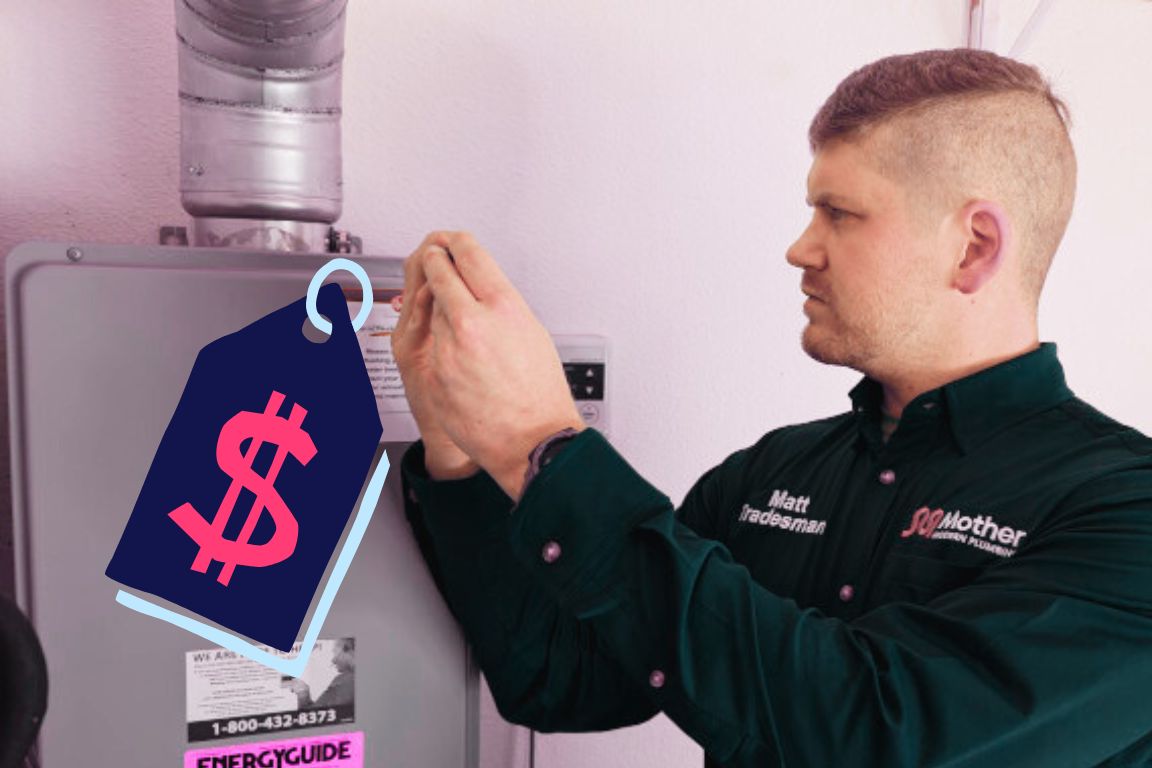Here's Why Dallas Homes Get Cracks in Walls and Ceilings

table of contents
table of contents
Wondering what causes cracks in walls and ceilings of Dallas homes? The causes of both types of cracks in your house is more similar than you think.
North Texas homes sit on a bed of expansive clay soil. The frequent shrink-swell cycles of this soil causes extreme changes in the height and stability of your property- and it’s the primary reason for almost every crack in the foundation, walls and ceilings of your house.
At Mother Modern Plumbing, our local plumbing experts specialize in reducing the effect of waterlogged soil on your home’s structure. From advanced yard leak detection to slab leak repair, we address these issues 4-5 times per week for Dallas residents.
We spoke to a Texas engineering expert and former President of the ASCE for insights into what causes cracks in your house.
Notice a crack in your home and suspect a leak? Call Mother 7 days a week for fixed-price slab leak detection services with pinpoint accuracy, and long-term repair solutions you can trust.
{{slab-leak-repair="/services/slab-leak-repair"}}
An Engineer Explains Clay Soil to Dallas Homeowners
Dr. Jean-Louis Briaud explains that Dallas soil “swells because it has very tiny particles that are very thirsty. So they absorb these large amounts of water.” And he would know- not only is he an expert, he lives here.
Dr. Briaud is a Distinguished Professor of Civil Engineering at Texas A&M, and the 2021 President of the American Society of Civil Engineers (ASCE). He’s also a Texas resident whose home is directly impacted by our clay-rich soil.
The amount of water your property can take on is massive. “We put in a sprinkler system,” Dr. Briaud says, “and the lawn has gone up six inches.”
When water leaves your clay soil, the problems are equally as severe. Just as your yard can swell by 5-6 inches, it shrinks at the same rate during dry, hot summer months.
This constant shrink-swell cycle leaves your home- and its foundation- at risk.
How Clay Soil Causes Cracks in Walls and Ceilings
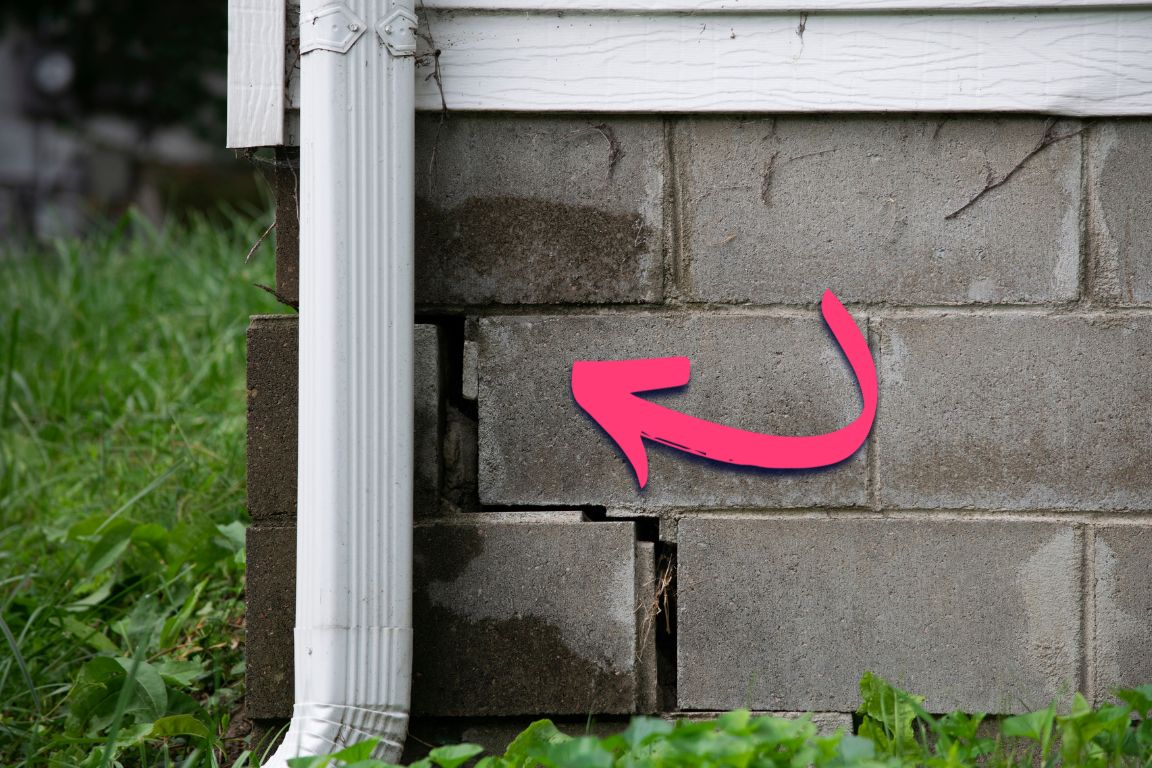
The relationship between water, North Texas soil, and your home is complex and ever-changing. Dr. Briaud explains the damage clay soil causes to local structures in simple language.
“So [when it] rains on the outside of the house, the slab is covering the center of the house,” he says. “The water only has access to the outside of the house- and so most of the problems of movements occur at the edges.”
Think about a plank of wood or piece of vinyl siding- materials that are used to build houses. What happens when you bend them along the edges? The center bends up when you push down, and it bends down when you apply upward pressure.
The same thing happens to your home when the surrounding soil applies that pressure in much larger quantities.
“You can imagine that you're bending the house, the structure,” Dr. Briaud continues. “And because we build houses [with] very brittle materials- like bricks and cement and stucco and tiles, then it doesn't take much movement to crack those things.”
Cracks in your house form based on water in your soil
In the winter and spring, our climate is driven by rain, snow and ice. This added moisture causes the clay soil in your yard to become soaked- and it begins to rise. You may notice other symptoms, like water pooling around your foundation.
Dallas experiences 100+ days of 100°F heat every year. Much of this hot weather comes in the summer months, which quickly dries the moisture from your property. As a result, local residents see dry, cracked soil and pockets forming around their home.
Dr. Briaud notes the direct impact this swelling and shrinkage has on your home’s structure. He relates it to the “bending” of materials we mentioned earlier.
“So in the winter, the edges go up,” he explains. “In the summer, the edges go down.”
When you bend the edges of a board upward, cracks form at the bottom. And when you bend those edges down, cracks form at the top.
Dr. Briaud explains, very simply, what this means for your house:
“If the crack is near the roof line, then that means that on either side, the house is going down. If the crack is at the bottom, then that means the edges are growing up.”
Where are the cracks? Swelling soil causes cracks in your foundation and the bottoms of your exterior walls. Cracks in the ceiling and roof mean your soil is settling and shrinking.
The Crack in Your Dallas Home Starts at the Slab
The National Association of Home Builders (NAHB) reports that 96.9% of new homes in Texas are built on slab foundations. This follows an increasing trend of homes built on slabs since the 1970s, based on the general cost-effectiveness of concrete.
The problem: concrete is a porous material. When the soil around your foundation is waterlogged, it seeks out new places to travel- including the naturally occurring spaces in your slab.
When those pockets of water in your foundation dry out, they leave a larger gap in their place. This gap eventually becomes a crack in the slab.
Even roof and ceiling cracks have origins at the foundation
We’ve established that dry, shrinking clay soil causes cracks near the roof and ceiling of your house. But even these cracks have their roots in the slab.
Shrinking soil around your home results in foundation settling and shifting. As the slab sinks into your yard, the top of your house begins to bend inwards. This causes the hairline cracks in your siding, ceilings, and even on the roof structure itself.
Slab Leaks Are Devastating to Dallas Homes
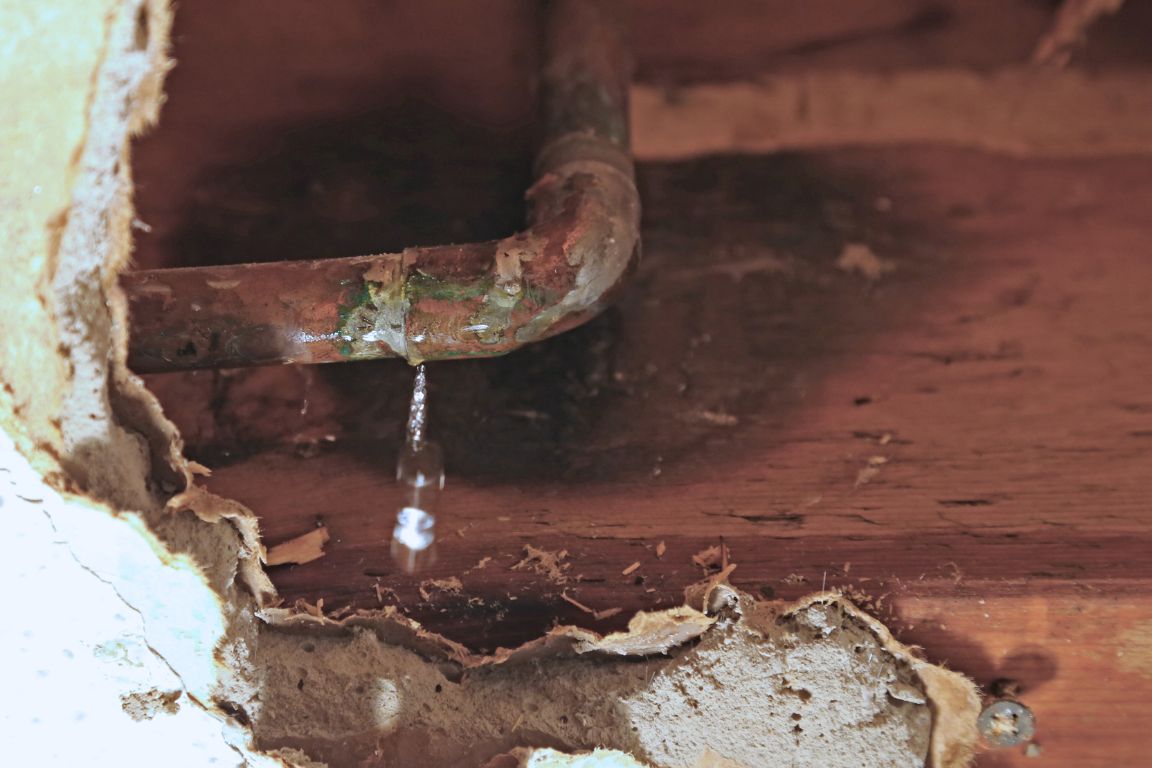
The shrink-swell cycle of clay soil creates a direct threat to the structural integrity of Dallas homes and commercial properties. It’s no wonder that leaks and burst pipes near your slab cause immense damage.
The EPA states that an average slab leak dumps 10,000 gallons of water into your soil and foundation every year. That’s roughly six months’ worth of rain in the Dallas area.
Add that much excess water to your property’s soil, and it’s a recipe for swelling soil that bends your home upwards- and causes cracks in your slab foundation.
9 warning signs of a slab leak under your house
How can you tell the difference between waterlogged clay soil near your home and a potential slab leak?
Here are 9 telltale signs of a slab leak, especially in the Dallas area:
- A noticeable increase in your water bill: This is the most significant indicator, especially if your water usage habits haven't changed.
- Water meter moves after water is turned off: Self-explanatory. Turn off all your water — if the meter moves, you have a leak.
- The sound of running water when no taps are on: You hear a faint or distinct sound of water flowing from beneath your floors or walls.
- Warm spots or cold spots on your flooring: A leaking hot water line forms a warm spot, while a cold water line leak makes the floor feel unusually cool.
- Low water pressure: A significant slab leak reduces the water pressure throughout your home.
- Dampness or moisture on carpets or flooring: This indicates an advanced existing leak that’s grown in size.
- Damp cracks in walls or flooring: Our local clay soil retains moisture. Slab leaks cause soil expansion that creates foundation movement. This leads to cracks in walls, near door frames and windows, and your flooring.
- The smell of mold or mildew: Persistent dampness from a slab leak is a direct cause of mold and mildew growth, especially in crawl spaces and walls near taps and faucets. This is especially true with carpet.
- Water under your floorboards: Water pressure from a leak allows baseboards to shift or become loose.
Call Mother ASAP if you notice any of these symptoms affecting your home. We’ll have a plumber to your house within 24 hours for fast, non-invasive slab leak detection service.
{{yard-leak-locating="/services/yard-leak-locating"}}
3 Ways Dallas Homeowners Can Protect Themselves
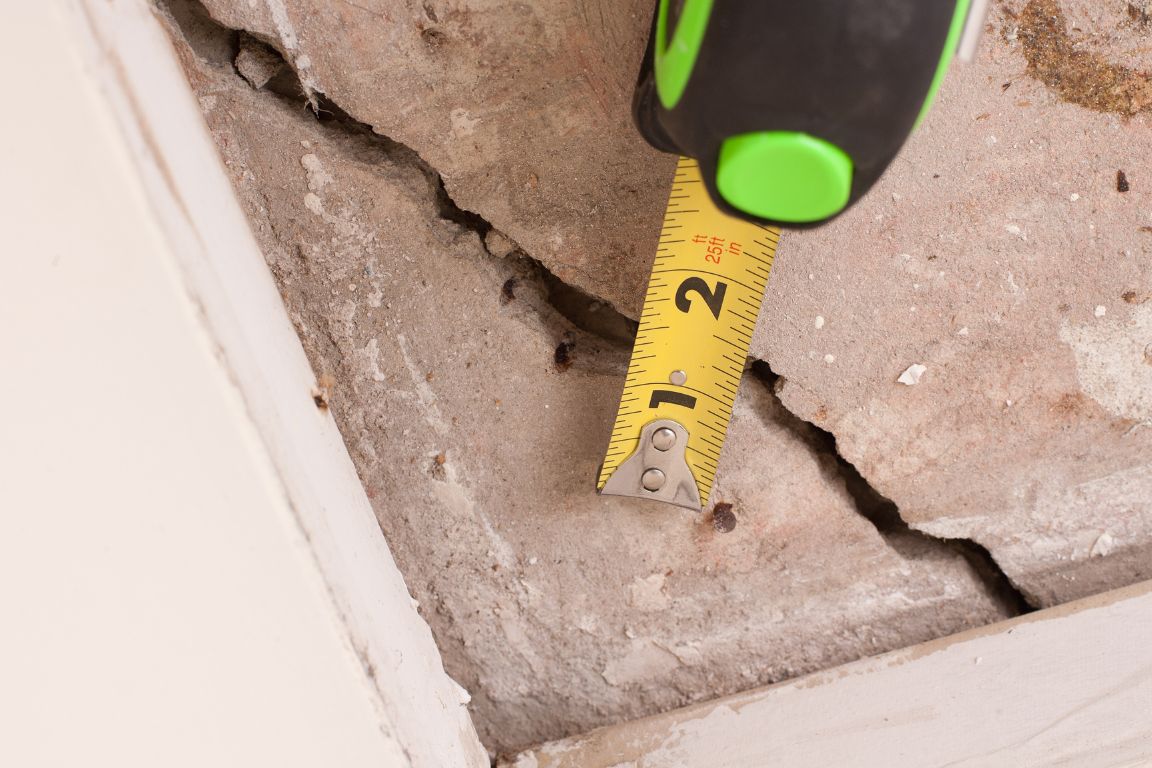
Cracks in your walls, ceiling and foundation aren’t inevitable in Dallas. With the right preparation, knowledge and preventative maintenance, homeowners can enjoy a stress-free life of structural integrity free from slab leaks and foundation issues.
Dr. Briaud and our team of local expert plumbers suggest 3 steps Dallas homeowners can take to protect themselves from foundation issues and slab leaks:
Step 1: Get your foundation plans
It’s common for new homeowners to get a copy of their architectural plans and drawings- but that’s only for the home structure you can see.
“Make sure that you have the foundation plans,” Dr. Briaud urges. Without it, “you have no idea what's under your house and you cannot fix the foundation [properly].”
Understand your foundation- is the slab reinforced with steel? Do you have a waffle slab- a structure Dr. Briaud likes for its resistance to bending?
Step 2: Monitor any existing foundation cracks
If you already have a hairline crack in your slab, but there are no signs of a slab leak, keep a close eye on its width and length.
“Put some gauges or taping across the crack to see how the crack behaves,” Dr. Briaud suggests. “Does it get bigger in the summer, smaller in the winter?”
“That's the first step because until you understand what's happening to the structure.”
Pay particular attention to 2 specific types of slab foundation cracks:
- Horizontal cracks indicate structural problems caused by direct pressure against the slab.
- Stair step cracks travel along the mortar edges of concrete block foundations, caused by foundation movement.
If you notice a crack expanding, consult a foundation company to assess the damage. If the crack in your slab is accompanied by any warning signs of a slab leak, call a trusted plumber for leak detection services as soon as possible.
Step 3: Invest in annual leak detection service
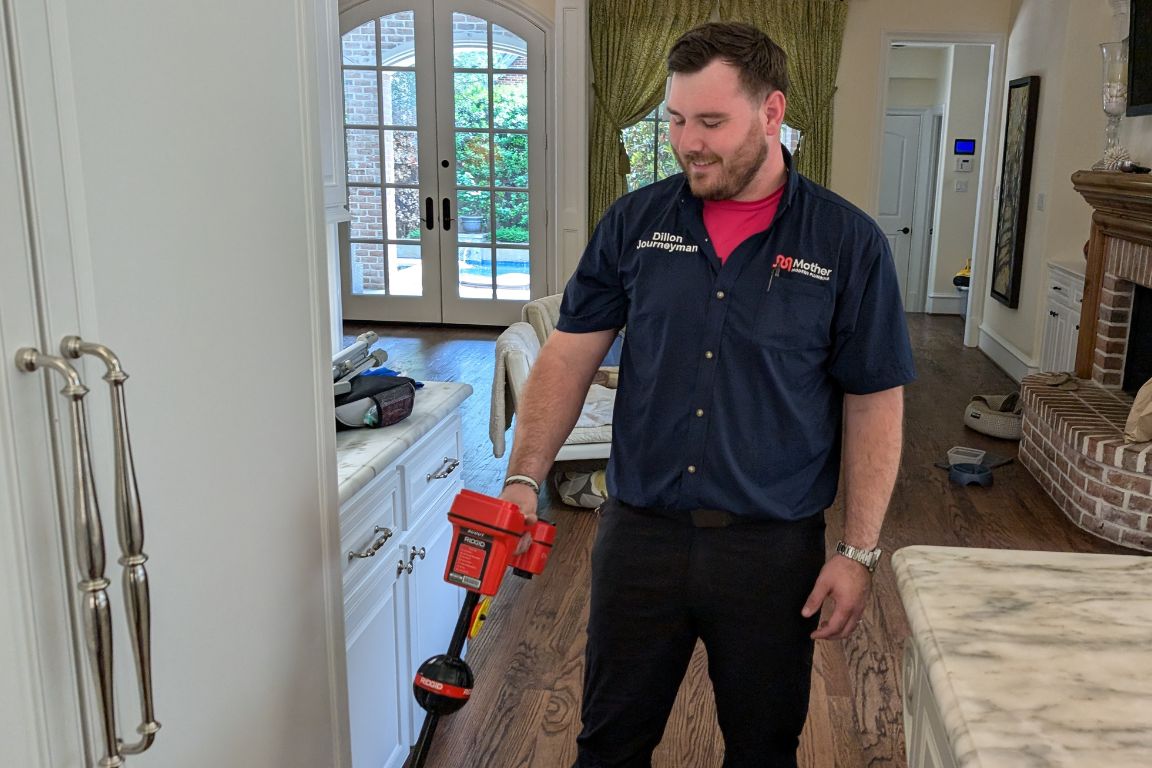
The average Dallas leak detection service costs between $500-$999. If that sounds expensive, consider this:
15-20 years of annual leak detection appointments cost less than one average sewer line or slab leak repair project.
Call a local plumber who provides non-invasive yard leak detection services. Here are the four core service options they should provide:
- Hydrostatic testing
- Electronic leak detection
- Acoustic leak detection
- Camera inspection
Each of these options allows your plumber to locate the leak with pinpoint accuracy without digging or trenching in your yard.
Read more about these non-invasive leak detection options in our updated guide.
{{yard-leak-detection-fort-worth="/blogs/yard-leak-detection-fort-worth"}}
Cracks in Your Dallas Home? Call Mother
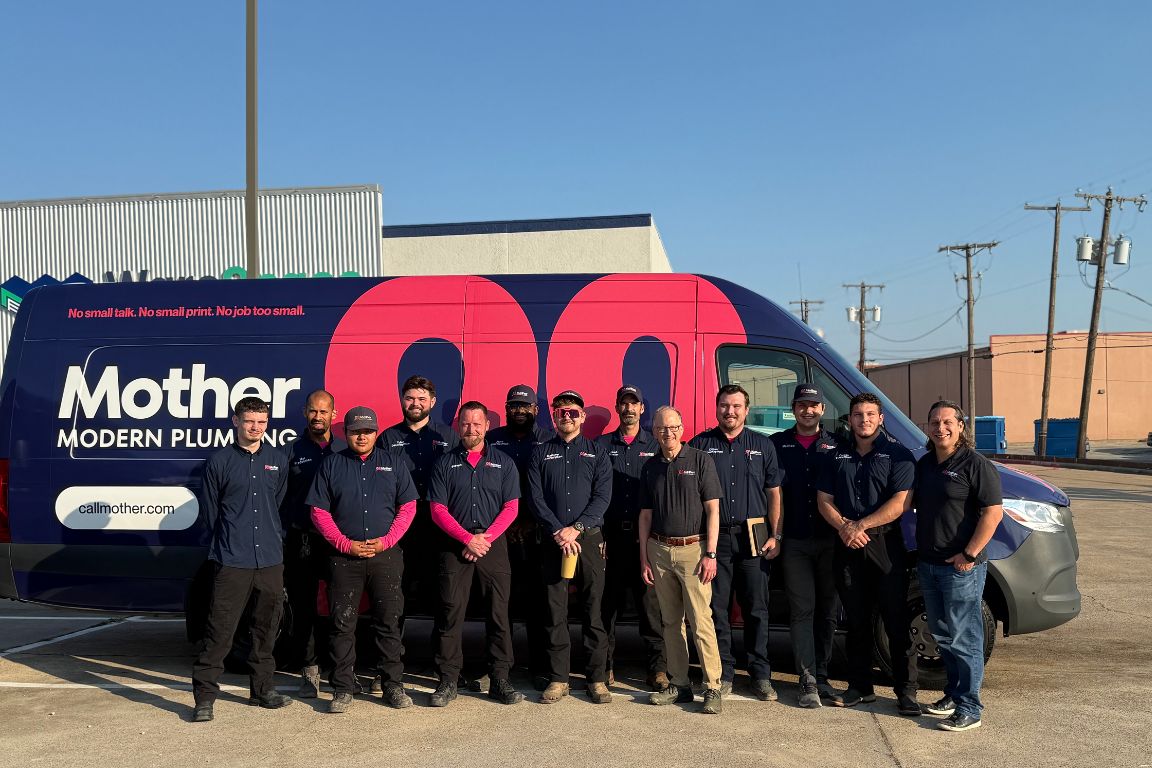
A working knowledge of how water and clay soil cause cracks in the foundation, walls, ceiling and roof of your Dallas home is a great first step in preventing structural damage.
“Understanding the cracking helps you plan a better solution,” Dr. Briaud concludes.
The location of the crack in your home offers direct clues to its source:
- Cracks in foundations and walls means your soil is expanding due to an increase in water.
- Cracks in your ceiling and roof mean your soil is dried out and shrinking.
If the cracking is accompanied by increased water bills, damp spots in your floor or walls, or low water pressure, take action quickly to limit the damage of a potential slab leak.
Live in Dallas? Call Mother today for fast, pinpoint slab leak location services. If a leak exists, we have the expertise to fix the problem for good with advanced repair options.
{{slab-leak-repair="/services/slab-leak-repair"}}
Common Q’s about Water Leaks
Are slab leaks covered by homeowner’s insurance?
Homeowner's insurance companies don't love to cover leaks in or near your home's foundation. If you want your slab leak repair covered, you need to follow a precise set of steps to improve your odds of coverage.
Follow these 4 steps in order to increase the chances your slab leak is covered by insurance:
- Immediately contact your insurance provider in the event of a freshwater leak.
- Hire a master plumber for 2 key tests: water pressure testing and hydrostatic testing.
- Consult a structural engineer before and after plumbing repairs.
- File all necessary paperwork to your homeowner’s insurance.
How common are slab leaks?
It depends where you live. In most parts of America, slab leaks occur about once every 30 years. Dallas homes average one slab leak roughly every 15 years.
How can you tell if you have a slab leak?
These are the 5 most notable symptoms of a water leak in or around your slab:
- A noticeable increase in your water bill
- Water meter moves after water is turned off
- The sound of running water when no taps are on
- Warm or cold spots on your flooring
- Low water pressure
What if my slab leak is in an inaccessible location?
For pipe leaks and damage that's extremely hard to reach (i.e. under your slab), pipe rerouting is the best alternative. Your plumber establishes a unique path for your new sewer line, then disconnects the damaged pipe section and seals it at both ends to prevent further leaks.
Can I DIY slab leak repair?
No, you cannot DIY slab leak repair. Leak location requires precise thermal imaging, and attempting DIY slab repairs may void your insurance.


